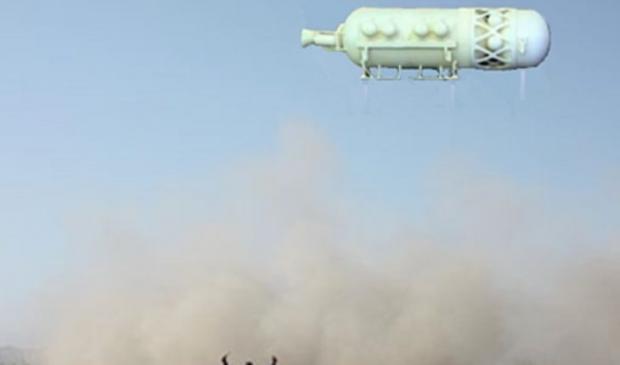
Breaking News
 This roof paint blocks 97% of sunlight and pulls water from the air
This roof paint blocks 97% of sunlight and pulls water from the air
 'Venomous' Republican split over Israel hits new low as fiery feud reaches White House
'Venomous' Republican split over Israel hits new low as fiery feud reaches White House
 Disease-ridden monkey that escaped from research facility shot dead by vigilante mom protecting...
Disease-ridden monkey that escaped from research facility shot dead by vigilante mom protecting...
 Hooters returns - founders say survival hinges on uniform change after buying chain...
Hooters returns - founders say survival hinges on uniform change after buying chain...
Top Tech News
 The 6 Best LLM Tools To Run Models Locally
The 6 Best LLM Tools To Run Models Locally
 Testing My First Sodium-Ion Solar Battery
Testing My First Sodium-Ion Solar Battery
 A man once paralyzed from the waist down now stands on his own, not with machines or wires,...
A man once paralyzed from the waist down now stands on his own, not with machines or wires,...
 Review: Thumb-sized thermal camera turns your phone into a smart tool
Review: Thumb-sized thermal camera turns your phone into a smart tool
 Army To Bring Nuclear Microreactors To Its Bases By 2028
Army To Bring Nuclear Microreactors To Its Bases By 2028
 Nissan Says It's On Track For Solid-State Batteries That Double EV Range By 2028
Nissan Says It's On Track For Solid-State Batteries That Double EV Range By 2028
 Carbon based computers that run on iron
Carbon based computers that run on iron
 Russia flies strategic cruise missile propelled by a nuclear engine
Russia flies strategic cruise missile propelled by a nuclear engine
 100% Free AC & Heat from SOLAR! Airspool Mini Split AC from Santan Solar | Unboxing & Install
100% Free AC & Heat from SOLAR! Airspool Mini Split AC from Santan Solar | Unboxing & Install
 Engineers Discovered the Spectacular Secret to Making 17x Stronger Cement
Engineers Discovered the Spectacular Secret to Making 17x Stronger Cement
What Is the Xeus Lander and How Does It Work?

The Xeus Lander
The Xeus Lander is our first attempt at bringing astronauts back to the lunar surface. Crafted from the upper stage of a Centaur rocket, the finished lander should be able to land belly-down on the Moon's surface, creating a horizontal habitation unit for astronauts to explore the Moon. Basing the design on an existing rocket means that the researchers can save years and millions of dollars because they do not have to design it from scratch.
The Centaur rocket currently relies on liquid hydrogen and oxygen fuel. Using it as a lunar platform is ideal because the water-ice on the moon could become a potential fuel source to allow the rocket to move back and forth between Earth and the Moon.
Masten Space Systems estimates that they could have a functional prototype ready for testing in less than two years. We may be heading back to the moon sooner than anyone anticipated.
Testing and Simulation
Even if MSS can get a working prototype ready in the next two years, there are still testing phases to consider before sending astronauts to the moon. Theoretical or computer models can provide only so much information, and they aren't necessary when you've got a prototype to work with. That's where space simulations come in.



